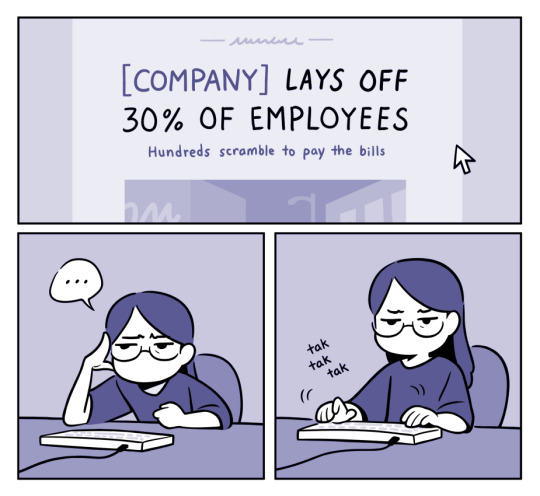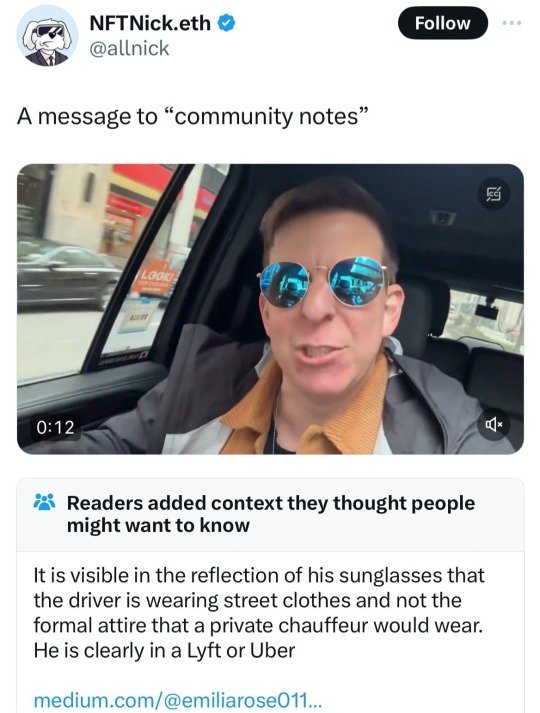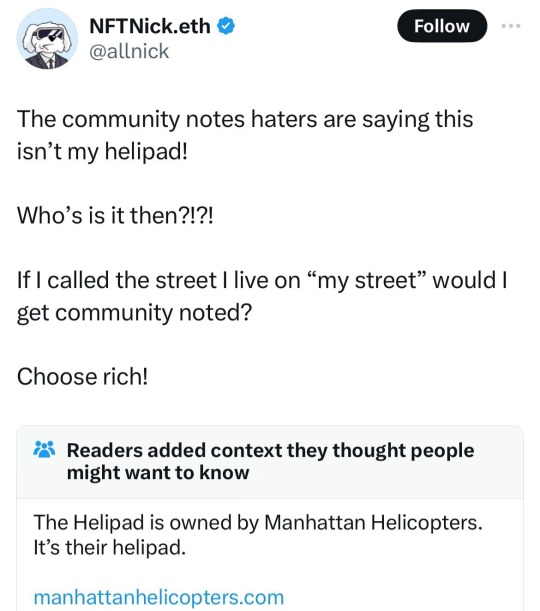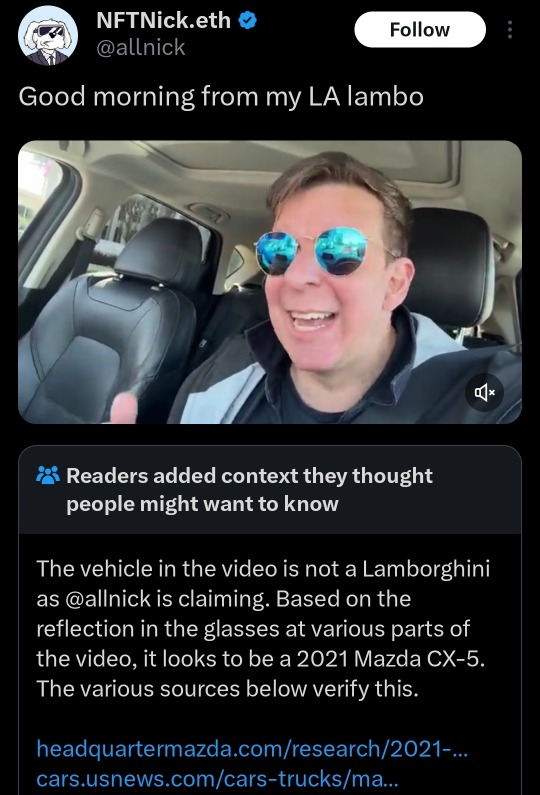Text
Watch "Free Food. In A Fridge. On The Street." on YouTube
youtube
442 notes
·
View notes
Text
By land and by sea, global mutual aid and solidarity work is rising to the occasion to meet another existential threat to humanity’s continued existence: war and genocide.
In every disaster, mutual aid and solidarity are how people survive. The disaster of war is no exception. Every atrocity, filling up international news headlines and social media feeds alike, has been answered by persistent humanity; a groundswell of collective care and support. A flotilla nears, medical solidarity convoys carry in mutual aid medics, food is shared, doors are opened, organizers leverage legal aid, financial support, and amplify call outs through dense and vast community networks, and fluid solidarity efforts teach hope and communal responsibility.
Under the rubble of the world’s bombed humanity, Palestinians and those in solidarity with Palestinians are teaching the world how to survive disaster. We are listening, and hope you will too.
05/01/24
#mutual aid#palestine#free palestine#from the river to the sea palestine will be free#free gaza#gaza
7 notes
·
View notes
Note
youre an olympic level hater. i respect it.
they asked me to represent my country in the sport of hating i said no. i hate my country
24K notes
·
View notes
Text
i decided to be an attention whore and make a tumblr for posting ass pics and horny content, if ur interested and of age check it out @hypnovirus
i also made a cohost so i can post fully uncensored pics, which is also hypnovirus
and while i was at it i also made a sfw cohost just in case posting ass pics gets me banned, which ofc is anarchopuppy
go follow them all immediately!!!
83 notes
·
View notes
Text
I wish kinky sex ed wasn't so stigmatized even among left-leaning "sex positive" circles. Everyone's all "uwu I'm a sub I'll do anything you ask" okay mommy wants you to read The New Bottoming Book so you learn how to sub without hurting yourself since your sex ed up to this point is porn and your ex boyfriend Jared who liked to choke you incorrectly
86K notes
·
View notes
Text

A brief moment of rationality from the bird place.
98K notes
·
View notes
Text
the pride discourse is absolutely rancid this year, i have seen with my own two eyes so far
we should up to age of consent to 21
16 year olds shouldn’t know what sex is
drag is inherently sexual and inappropriate for children
64K notes
·
View notes
Text

🇵🇸 From BDS - What to Boycott:
Fruits, vegetables and wines from Israel are often wrongly labelled as “Produce in Israel” when they come from stolen Palestinian land. Boycott all produce from Israel in your supermarket and demand they are removed from shelves.
thank you @leandra-winchester for making the graphic above! if any of you are active on other social platforms, you have her permission to use the image however you want (no credit required)
keep in mind, though, that this isn't a complete list: you should still check the origin labels on other types of fruit and veggies, and see if any local orgs have produced a more complete breakdown of israeli produce that's specific to your country
28K notes
·
View notes
Text
The Lemkin Institute for Genocide has issued a genocide alert for the West Bank


The Lemkin Institute is horrified by the dire situation transpiring in the West Bank. During what has already been a devastating six months of conflict in Gaza, the Israeli military and far-right settlers have used the cover of war to conduct continuous attacks on Palestinians in the West Bank, often leading to death and forced displacement. These attacks have been underreported in the mainstream Western press, which has also failed to tie Israel Defense Force (IDF) and settler violence in the West Bank and East Jerusalem to the genocide being committed in Gaza. These processes are all part of an overwhelming push on the part of Israeli authorities to oust Palestinians from their remaining ancestral lands. In other words, Israel is committing genocide against Palestinians across Palestine.
9K notes
·
View notes
Text
ALERTA! ALERTA! UTRECHT ANTIFASCISTA! Zaterdag!

20 notes
·
View notes
Text

‼️🇵🇸 An activist, who destroyed multiple engine parts of the jets Israel uses, has been released!
🔸 Source: pal_action
30K notes
·
View notes
Text
real freedom includes the right to be a fucked-up dysfunctional weirdo. when you lack this right, your inability or refusal to comply with social norms will be used as a pretext to take away your other freedoms. all of us are fucked-up weirdos on the inside, so with sufficiently hostile and intrusive surveillance anyone can be unpersoned.
47K notes
·
View notes
Text
What kind of bubble is AI?

My latest column for Locus Magazine is "What Kind of Bubble is AI?" All economic bubbles are hugely destructive, but some of them leave behind wreckage that can be salvaged for useful purposes, while others leave nothing behind but ashes:
https://locusmag.com/2023/12/commentary-cory-doctorow-what-kind-of-bubble-is-ai/
Think about some 21st century bubbles. The dotcom bubble was a terrible tragedy, one that drained the coffers of pension funds and other institutional investors and wiped out retail investors who were gulled by Superbowl Ads. But there was a lot left behind after the dotcoms were wiped out: cheap servers, office furniture and space, but far more importantly, a generation of young people who'd been trained as web makers, leaving nontechnical degree programs to learn HTML, perl and python. This created a whole cohort of technologists from non-technical backgrounds, a first in technological history. Many of these people became the vanguard of a more inclusive and humane tech development movement, and they were able to make interesting and useful services and products in an environment where raw materials – compute, bandwidth, space and talent – were available at firesale prices.
Contrast this with the crypto bubble. It, too, destroyed the fortunes of institutional and individual investors through fraud and Superbowl Ads. It, too, lured in nontechnical people to learn esoteric disciplines at investor expense. But apart from a smattering of Rust programmers, the main residue of crypto is bad digital art and worse Austrian economics.
Or think of Worldcom vs Enron. Both bubbles were built on pure fraud, but Enron's fraud left nothing behind but a string of suspicious deaths. By contrast, Worldcom's fraud was a Big Store con that required laying a ton of fiber that is still in the ground to this day, and is being bought and used at pennies on the dollar.
AI is definitely a bubble. As I write in the column, if you fly into SFO and rent a car and drive north to San Francisco or south to Silicon Valley, every single billboard is advertising an "AI" startup, many of which are not even using anything that can be remotely characterized as AI. That's amazing, considering what a meaningless buzzword AI already is.
So which kind of bubble is AI? When it pops, will something useful be left behind, or will it go away altogether? To be sure, there's a legion of technologists who are learning Tensorflow and Pytorch. These nominally open source tools are bound, respectively, to Google and Facebook's AI environments:
https://pluralistic.net/2023/08/18/openwashing/#you-keep-using-that-word-i-do-not-think-it-means-what-you-think-it-means
But if those environments go away, those programming skills become a lot less useful. Live, large-scale Big Tech AI projects are shockingly expensive to run. Some of their costs are fixed – collecting, labeling and processing training data – but the running costs for each query are prodigious. There's a massive primary energy bill for the servers, a nearly as large energy bill for the chillers, and a titanic wage bill for the specialized technical staff involved.
Once investor subsidies dry up, will the real-world, non-hyperbolic applications for AI be enough to cover these running costs? AI applications can be plotted on a 2X2 grid whose axes are "value" (how much customers will pay for them) and "risk tolerance" (how perfect the product needs to be).
Charging teenaged D&D players $10 month for an image generator that creates epic illustrations of their characters fighting monsters is low value and very risk tolerant (teenagers aren't overly worried about six-fingered swordspeople with three pupils in each eye). Charging scammy spamfarms $500/month for a text generator that spits out dull, search-algorithm-pleasing narratives to appear over recipes is likewise low-value and highly risk tolerant (your customer doesn't care if the text is nonsense). Charging visually impaired people $100 month for an app that plays a text-to-speech description of anything they point their cameras at is low-value and moderately risk tolerant ("that's your blue shirt" when it's green is not a big deal, while "the street is safe to cross" when it's not is a much bigger one).
Morganstanley doesn't talk about the trillions the AI industry will be worth some day because of these applications. These are just spinoffs from the main event, a collection of extremely high-value applications. Think of self-driving cars or radiology bots that analyze chest x-rays and characterize masses as cancerous or noncancerous.
These are high value – but only if they are also risk-tolerant. The pitch for self-driving cars is "fire most drivers and replace them with 'humans in the loop' who intervene at critical junctures." That's the risk-tolerant version of self-driving cars, and it's a failure. More than $100b has been incinerated chasing self-driving cars, and cars are nowhere near driving themselves:
https://pluralistic.net/2022/10/09/herbies-revenge/#100-billion-here-100-billion-there-pretty-soon-youre-talking-real-money
Quite the reverse, in fact. Cruise was just forced to quit the field after one of their cars murdered a woman – a pedestrian who had not opted into being part of a high-risk AI experiment – and dragged her corpse 20 feet through the streets of San Francisco. Afterwards, it emerged that Cruise had replaced the single low-waged driver who would normally be paid to operate a taxi with 1.5 high-waged skilled technicians who remotely oversaw each of its vehicles:
https://www.nytimes.com/2023/11/03/technology/cruise-general-motors-self-driving-cars.html
The self-driving pitch isn't that your car will correct your own human errors (like an alarm that sounds when you activate your turn signal while someone is in your blind-spot). Self-driving isn't about using automation to augment human skill – it's about replacing humans. There's no business case for spending hundreds of billions on better safety systems for cars (there's a human case for it, though!). The only way the price-tag justifies itself is if paid drivers can be fired and replaced with software that costs less than their wages.
What about radiologists? Radiologists certainly make mistakes from time to time, and if there's a computer vision system that makes different mistakes than the sort that humans make, they could be a cheap way of generating second opinions that trigger re-examination by a human radiologist. But no AI investor thinks their return will come from selling hospitals that reduce the number of X-rays each radiologist processes every day, as a second-opinion-generating system would. Rather, the value of AI radiologists comes from firing most of your human radiologists and replacing them with software whose judgments are cursorily double-checked by a human whose "automation blindness" will turn them into an OK-button-mashing automaton:
https://pluralistic.net/2023/08/23/automation-blindness/#humans-in-the-loop
The profit-generating pitch for high-value AI applications lies in creating "reverse centaurs": humans who serve as appendages for automation that operates at a speed and scale that is unrelated to the capacity or needs of the worker:
https://pluralistic.net/2022/04/17/revenge-of-the-chickenized-reverse-centaurs/
But unless these high-value applications are intrinsically risk-tolerant, they are poor candidates for automation. Cruise was able to nonconsensually enlist the population of San Francisco in an experimental murderbot development program thanks to the vast sums of money sloshing around the industry. Some of this money funds the inevitabilist narrative that self-driving cars are coming, it's only a matter of when, not if, and so SF had better get in the autonomous vehicle or get run over by the forces of history.
Once the bubble pops (all bubbles pop), AI applications will have to rise or fall on their actual merits, not their promise. The odds are stacked against the long-term survival of high-value, risk-intolerant AI applications.
The problem for AI is that while there are a lot of risk-tolerant applications, they're almost all low-value; while nearly all the high-value applications are risk-intolerant. Once AI has to be profitable – once investors withdraw their subsidies from money-losing ventures – the risk-tolerant applications need to be sufficient to run those tremendously expensive servers in those brutally expensive data-centers tended by exceptionally expensive technical workers.
If they aren't, then the business case for running those servers goes away, and so do the servers – and so do all those risk-tolerant, low-value applications. It doesn't matter if helping blind people make sense of their surroundings is socially beneficial. It doesn't matter if teenaged gamers love their epic character art. It doesn't even matter how horny scammers are for generating AI nonsense SEO websites:
https://twitter.com/jakezward/status/1728032634037567509
These applications are all riding on the coattails of the big AI models that are being built and operated at a loss in order to be profitable. If they remain unprofitable long enough, the private sector will no longer pay to operate them.
Now, there are smaller models, models that stand alone and run on commodity hardware. These would persist even after the AI bubble bursts, because most of their costs are setup costs that have already been borne by the well-funded companies who created them. These models are limited, of course, though the communities that have formed around them have pushed those limits in surprising ways, far beyond their original manufacturers' beliefs about their capacity. These communities will continue to push those limits for as long as they find the models useful.
These standalone, "toy" models are derived from the big models, though. When the AI bubble bursts and the private sector no longer subsidizes mass-scale model creation, it will cease to spin out more sophisticated models that run on commodity hardware (it's possible that Federated learning and other techniques for spreading out the work of making large-scale models will fill the gap).
So what kind of bubble is the AI bubble? What will we salvage from its wreckage? Perhaps the communities who've invested in becoming experts in Pytorch and Tensorflow will wrestle them away from their corporate masters and make them generally useful. Certainly, a lot of people will have gained skills in applying statistical techniques.
But there will also be a lot of unsalvageable wreckage. As big AI models get integrated into the processes of the productive economy, AI becomes a source of systemic risk. The only thing worse than having an automated process that is rendered dangerous or erratic based on AI integration is to have that process fail entirely because the AI suddenly disappeared, a collapse that is too precipitous for former AI customers to engineer a soft landing for their systems.
This is a blind spot in our policymakers debates about AI. The smart policymakers are asking questions about fairness, algorithmic bias, and fraud. The foolish policymakers are ensnared in fantasies about "AI safety," AKA "Will the chatbot become a superintelligence that turns the whole human race into paperclips?"
https://pluralistic.net/2023/11/27/10-types-of-people/#taking-up-a-lot-of-space
But no one is asking, "What will we do if" – when – "the AI bubble pops and most of this stuff disappears overnight?"

If you'd like an essay-formatted version of this post to read or share, here's a link to it on pluralistic.net, my surveillance-free, ad-free, tracker-free blog:
https://pluralistic.net/2023/12/19/bubblenomics/#pop

Image:
Cryteria (modified)
https://commons.wikimedia.org/wiki/File:HAL9000.svg
CC BY 3.0
https://creativecommons.org/licenses/by/3.0/deed.en
--
tom_bullock (modified)
https://www.flickr.com/photos/tombullock/25173469495/
CC BY 2.0
https://creativecommons.org/licenses/by/2.0/
4K notes
·
View notes








